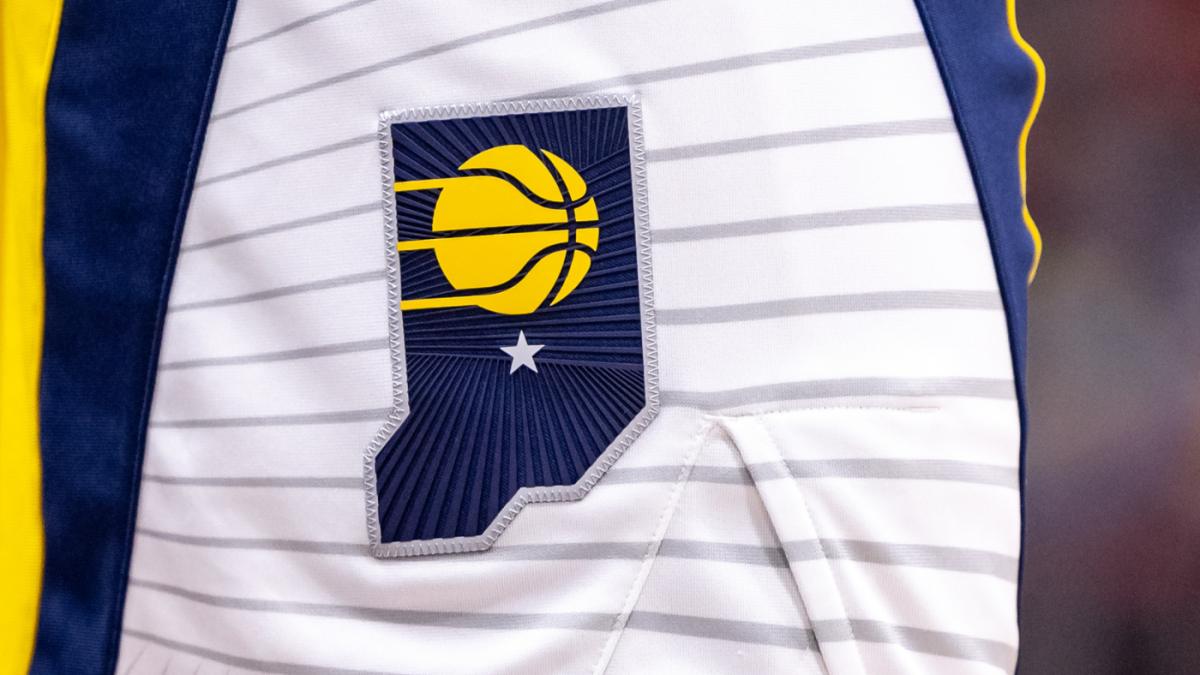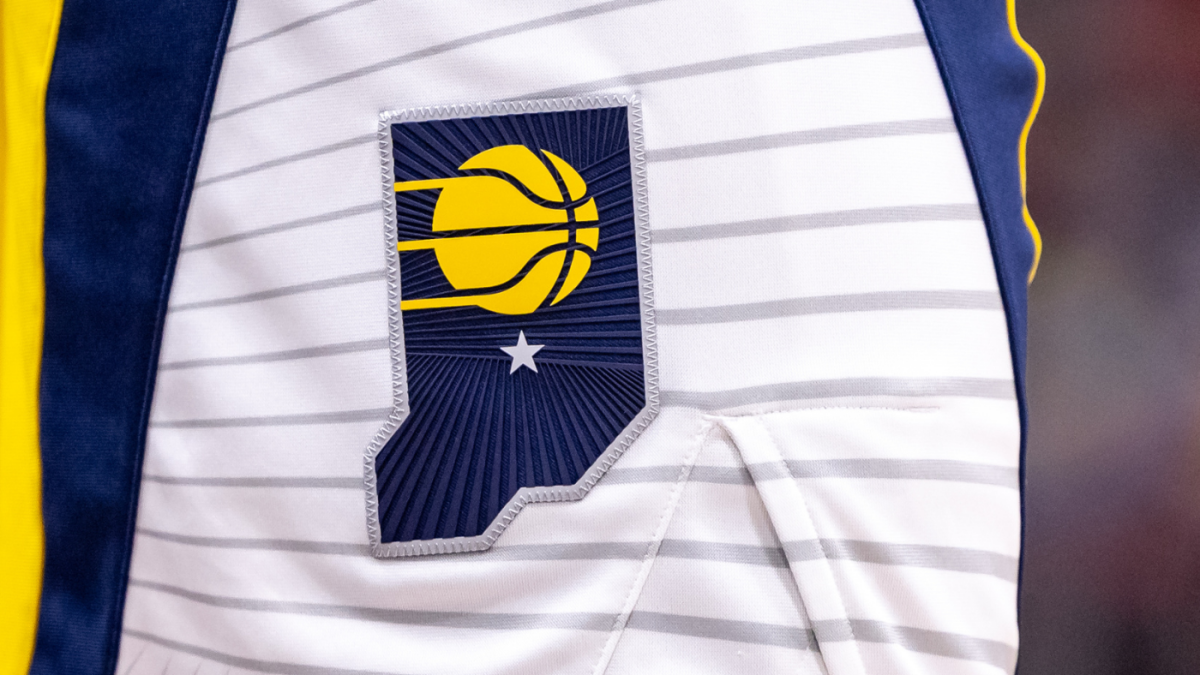A Strategic Shift: Analyzing the Pacers-Pelicans Draft Trade
In the high-stakes world of the NBA, strategic maneuvers can often be the difference between championship glory and mediocrity. The Indiana Pacers, currently making a surprising run in the NBA Finals, have executed a trade with the New Orleans Pelicans, swapping the No. 23 overall pick in the 2025 NBA Draft and the draft rights to Mojave King for their own first-round pick in 2026. This move, occurring while still actively competing for a championship, signals a calculated decision by the Pacers’ front office, prioritizing future flexibility and financial management over immediate draft capital.
The Pacers’ Perspective: Prioritizing Future Flexibility
Financial and Roster Management
The Indiana Pacers are navigating a delicate financial landscape. The NBA’s luxury tax is a significant consideration, and adding a rookie contract with potential upside could push the team into territory with substantial financial penalties. By trading the No. 23 pick, the Pacers eliminate this risk, ensuring they maintain financial flexibility for future roster moves. This strategic decision allows the Pacers to avoid the pitfalls of the luxury tax while still positioning themselves for long-term success.
The Value of the 2026 First-Round Pick
The 2026 first-round pick is a valuable asset for the Pacers. It represents control and predictability, as it is their own pick. This pick was originally part of the package sent to the Toronto Raptors in the trade for Pascal Siakam, and its retrieval effectively reverses a portion of that deal. Having this pick provides the Pacers with leverage for future trades, allowing them to potentially package it with other assets to pursue a star player or address specific roster needs down the line.
The Stepien Rule and Long-Term Planning
The Stepien Rule, which prevents teams from being without first-round picks in consecutive years, is a key consideration. This trade ensures the Pacers maintain a first-round pick in 2026, adhering to the Stepien Rule and providing them with the flexibility to build their roster over time. The inclusion of Mojave King in the trade is largely seen as a secondary component. King, a 23-year-old who last played in the G League, was acquired by the Pacers in a previous trade but hasn’t yet made a significant impact. His rights represent a minimal cost for the Pelicans in this deal.
The Pelicans’ Rationale: Aggressive Pursuit of Talent
Capitalizing on a Strong Draft Class
For the New Orleans Pelicans, the trade represents a bold move to capitalize on a potentially strong 2025 draft class. Currently holding the No. 7 and now the No. 23 pick, the Pelicans are positioned to potentially add two impactful players in the upcoming draft. There’s a widespread belief that the 2025 draft boasts a deeper pool of talent than the 2026 draft, making the opportunity to acquire two first-round picks particularly appealing.
Trade-Up Scenarios and Future Flexibility
The Pelicans may be eyeing a trade-up scenario, utilizing their combined draft capital to move into the top few spots and select a potentially franchise-altering player. Reports suggest the Pelicans are actively exploring options to aggressively pursue talent in the draft, and this trade provides them with the ammunition to do so. However, the trade isn’t without its risks. Surrendering a future first-round pick, even one potentially years away, limits the Pelicans’ flexibility in future transactions. The success of this move hinges on their ability to identify and develop talent with their newly acquired draft picks.
Implications for the Draft Landscape
Increased Bargaining Power
This trade has ripple effects throughout the draft landscape. The Pelicans now possess significant draft capital, potentially influencing the trade market and creating competition for players they may target. Other teams looking to move up in the draft will need to contend with the Pelicans’ increased bargaining power, which could drive up the cost of acquiring top talent.
Long-Term Planning and Roster Management
The Pacers, on the other hand, signal a willingness to prioritize long-term planning over immediate gains. This could influence their approach to free agency and future trades, potentially focusing on acquiring established players on shorter-term contracts rather than investing heavily in rookies. The timing of the trade, occurring during the NBA Finals, is noteworthy. It demonstrates the Pacers’ commitment to proactive roster management, even amidst the pressures of a championship pursuit. It also highlights the increasingly sophisticated nature of NBA front offices, which are constantly evaluating trade opportunities and strategizing for the future.
The Value of Future First-Round Picks
Flexibility, Potential, and Control
The trade underscores the increasing value of future first-round draft picks in the modern NBA. These picks are not merely assets for acquiring players; they represent flexibility, potential, and control. Teams are increasingly willing to trade away current assets for the opportunity to secure future draft capital, recognizing the importance of long-term roster building.
A Calculated Bet on Future Value
The Pacers’ decision to prioritize their 2026 first-round pick reflects this trend. It’s a calculated bet that the value of that pick will increase over time, allowing them to capitalize on future opportunities. The Pelicans, conversely, are betting that the immediate opportunity to acquire talent in the 2025 draft outweighs the long-term cost of surrendering a future pick.
A Calculated Gamble: Looking Ahead
Strategic Priorities and Future Success
The Pacers-Pelicans trade is a fascinating case study in NBA roster management. It’s a calculated gamble by both teams, driven by distinct strategic priorities. The Pacers are prioritizing financial flexibility and future trade assets, while the Pelicans are aggressively pursuing talent in a potentially strong draft class. The success of this trade will ultimately be determined by the performance of the players drafted with the acquired picks and the ability of both teams to capitalize on their newfound flexibility.
The Importance of Strategic Asset Management
However, one thing is certain: this trade has injected a new level of intrigue into the upcoming NBA draft and underscored the importance of strategic asset management in the modern NBA. It’s a move that will be closely scrutinized by teams across the league as they navigate the complexities of roster building and the pursuit of championship contention. The trade serves as a reminder that in the NBA, strategic foresight and calculated risks are often the keys to long-term success.












